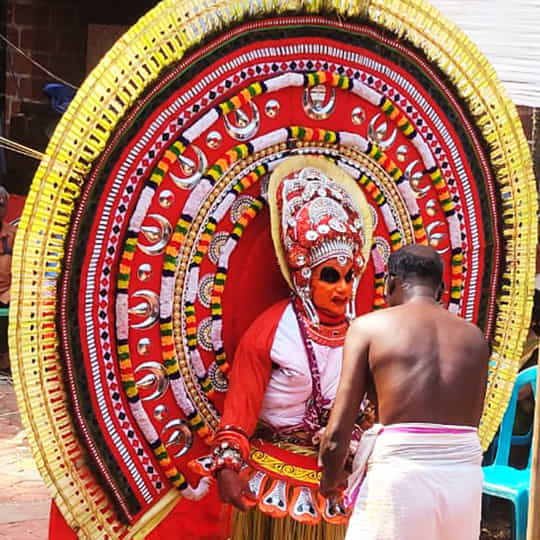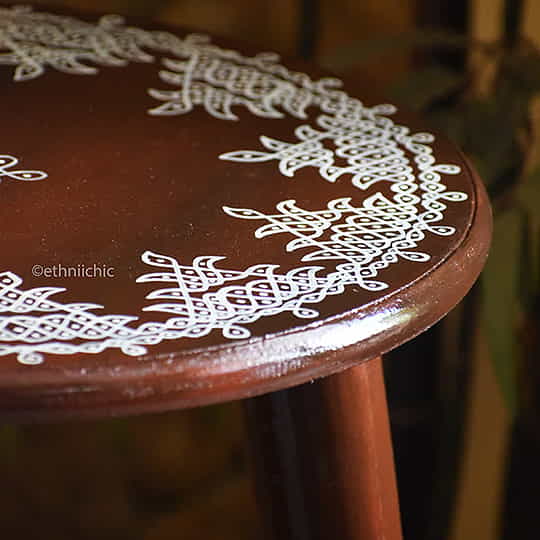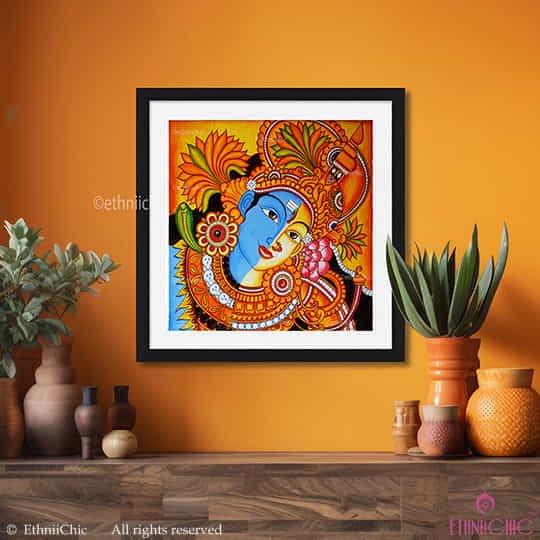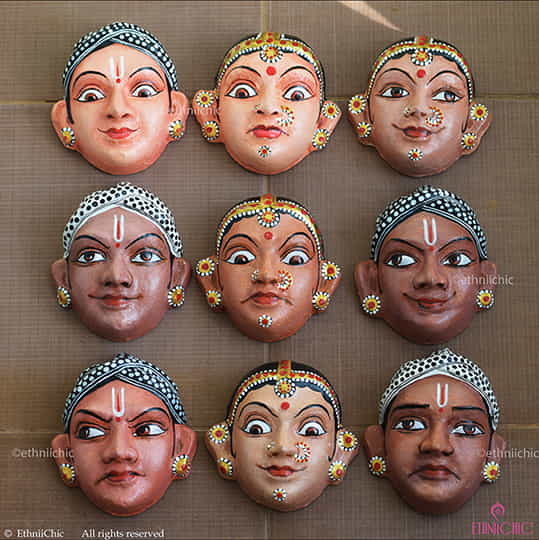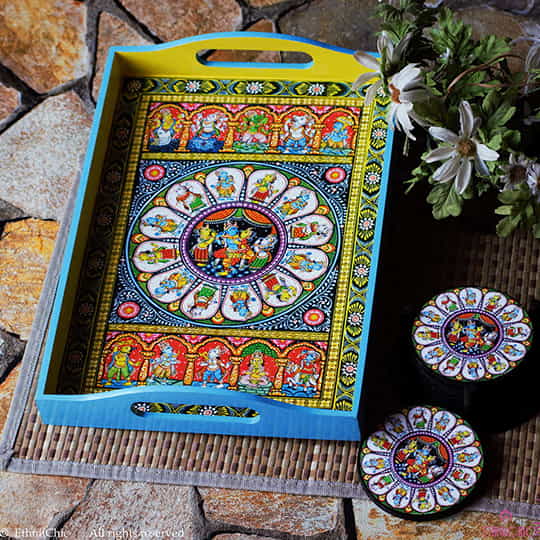India, a land of diverse traditions and rich cultural heritage, is home to a plethora of indigenous art forms. Among them, Theyyam stands out as a vivid and deeply spiritual performance art from the Malabar region of Kerala. Often referred to as the “Dance of the Gods,” Theyyam is not just a ritual but a living, breathing representation of the deep-rooted cultural and social fabric of Kerala.
For those who witness it, Theyyam is more than just a performance—it is a divine experience. But what makes Theyyam so unique? What are its origins, and how has it remained relevant in a rapidly modernizing world? This blog delves into the cultural significance, historical roots, and enduring legacy of Theyyam, offering an in-depth understanding of this fascinating tradition.
The Origins of Theyyam
Theyyam, which means “God” or “Deity” in Malayalam, is believed to have originated over a thousand years ago. Rooted in the region’s tribal and Dravidian traditions, Theyyam has evolved into a fusion of mythology, folklore, and social narratives. The art form is deeply linked to the worship of spirits, ancestors, and nature deities, forming an integral part of the religious and social fabric of Kerala’s northern districts—primarily Kannur and Kasaragod.
Theyyam is closely associated with the Bhuta cult, a system of spirit worship prevalent in South India. According to scholars, Theyyam has been shaped by a combination of indigenous rituals, tantric traditions, and Hindu beliefs, making it a unique blend of pre-Aryan and later Brahmanical influences. Unlike mainstream Hinduism, Theyyam reflects an egalitarian ethos where deities are believed to manifest through performers, who often come from marginalized communities.
The Ritualistic Performance of Theyyam
Theyyam is not just a dance or theatrical act—it is a sacred ritual. Each Theyyam performance follows a highly codified structure, which includes:
- Preparation and Transformation: The transformation of a Theyyam performer into a deity is a meticulous process. It involves elaborate face painting, intricate costumes, and headgear that can extend several feet above the performer’s head. The vibrant colors and intricate patterns on the face symbolize different deities and their attributes.
- Invocation and Chanting: The performer enters a trance-like state through continuous chanting, drumming, and ritualistic movements. The rhythmic beats of the chenda (a traditional percussion instrument) and the pulsating energy of the performance help the artist channel the divine presence.
- The Performance: Once the transformation is complete, the performer becomes the deity and interacts with devotees, offering blessings, answering queries, and sometimes even resolving disputes. This direct engagement between the deity and the people reinforces the communal bond and spiritual belief system.
- Climax and Farewell: After an intense display of dance, dialogue, and blessings, the Theyyam gradually returns to its mortal form. This marks the end of the ritual, signifying the deity’s departure until the next performance.
Famous Forms of Theyyam
There are over 400 forms of Theyyam, but some are particularly revered for their grandeur, significance, and the mythology they embody. Here are some of the most famous forms: 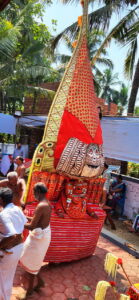
- Muchilottu Bhagavathy Theyyam: This form is dedicated to Goddess Muchilottu Bhagavathy, a powerful deity associated with prosperity and protection. It is performed with elaborate makeup, fiery movements, and intense drumming, signifying the goddess’s strength.
- Kuttichathan Theyyam: Representing the mischievous yet benevolent spirit Kuttichathan, this Theyyam is believed to bring fortune and well-being to devotees. The performer wears an elaborate costume and engages in energetic movements that captivate the audience.
- Vishnumoorthi Theyyam: This is one of the most popular and visually striking Theyyams, dedicated to Lord Vishnu. It depicts the story of Narasimha (an incarnation of Vishnu) slaying the demon Hiranyakashipu, symbolizing the victory of good over evil.
- Pottan Theyyam: A form associated with social justice, Pottan Theyyam is believed to represent the egalitarian teachings of Sree Narayana Guru. The performance is marked by intense expressions and powerful dialogues that challenge caste discrimination and advocate equality.
- Gulikan Theyyam: Dedicated to Gulikan, a form of Lord Shiva associated with justice and cosmic balance, this Theyyam is performed with aggressive movements and dramatic expressions, symbolizing the deity’s role as the ultimate arbiter of karma.
- Nagakali Theyyam: This Theyyam is dedicated to serpent worship and is performed in reverence to Naga deities. It is characterized by intense, sinuous dance movements that mimic the graceful yet fierce nature of snakes. It is believed to bring protection from snake-related curses and ensure fertility and prosperity.
- Karkidaka Theyyam: This Theyyam is performed during the monsoon season, known as Karkidakam, and is associated with invoking blessings for good health and protection from diseases. It is believed to have healing powers, and devotees seek its divine intervention for relief from ailments and hardships.
The Cultural Significance of Theyyam
Theyyam is more than just an art form; it is a cultural institution that preserves Kerala’s folk traditions, oral history, and social narratives. It serves several important functions:
- A Platform for Social Justice
One of the most remarkable aspects of Theyyam is its inclusivity. Historically, it has been performed by individuals from lower castes, giving them a space where they transcend social barriers. In the context of the rigid caste system that once dominated Kerala, Theyyam acted as a powerful medium of resistance and equality. When a performer assumes the role of a deity, their social identity dissolves, and they are revered by all, including members of the upper castes.
- A Repository of Oral Traditions
Theyyam performances are often based on local myths, legends, and historical events that have been passed down through generations. These stories, sung or narrated during performances, serve as an oral archive of Kerala’s folklore and community history. This helps in preserving the region’s indigenous knowledge and ancestral wisdom.
- A Fusion of Art and Spirituality
Theyyam embodies an extraordinary blend of music, dance, storytelling, and religious fervor. The vibrant costumes, haunting chants, and mesmerizing movements create an otherworldly atmosphere, making Theyyam not just a visual spectacle but also an intensely spiritual experience. It bridges the gap between the human and divine, allowing devotees to feel a direct connection with the gods.
- A Cultural Tourism Attraction
In recent years, Theyyam has gained recognition beyond Kerala, attracting cultural enthusiasts, researchers, and tourists from across the world. While traditionally performed in village temples and sacred groves, Theyyam is now also showcased in curated events, allowing a wider audience to appreciate its grandeur. However, there is an ongoing debate about balancing commercial interests with the ritualistic sanctity of Theyyam.
The Enduring Legacy of Theyyam
Despite modernization, Theyyam continues to thrive, thanks to its deep cultural roots and community support. However, challenges remain. The increasing commercialization of Theyyam has led to concerns about diluting its sacred essence. Additionally, the physical and mental toll on performers, who endure rigorous training and extreme physical exertion, is often overlooked.
Efforts are being made to document and preserve Theyyam through digital archives, research projects, and cultural initiatives. Organizations and scholars are working to ensure that while Theyyam evolves with time, its core essence remains intact.
Conclusion
Theyyam is not merely a performance; it is a divine manifestation, a living tradition, and a testament to Kerala’s rich cultural heritage. It serves as a bridge between the past and the present, the mortal and the divine, the marginalized and the powerful. For those who have had the privilege to witness Theyyam, it is an unforgettable experience—one that transcends art and enters the realm of spiritual awakening.
As Kerala continues to embrace modernity, Theyyam remains a poignant reminder of the region’s ancient traditions, cultural resilience, and deep-seated faith. In understanding Theyyam, we gain insight not just into a spectacular art form but into a way of life that has withstood the test of time.


